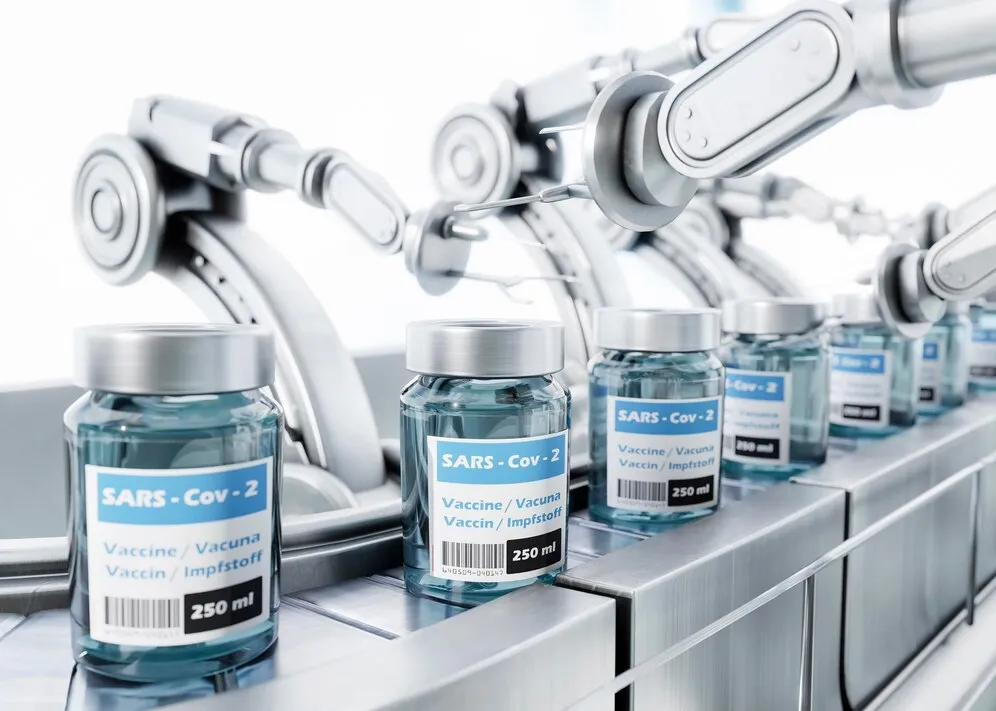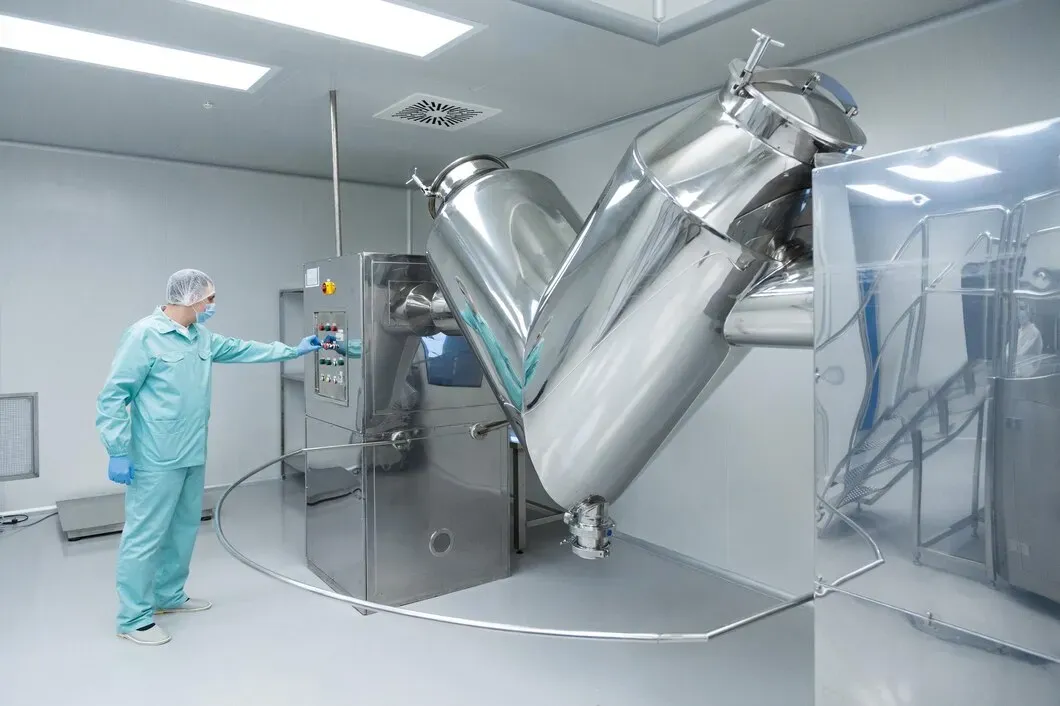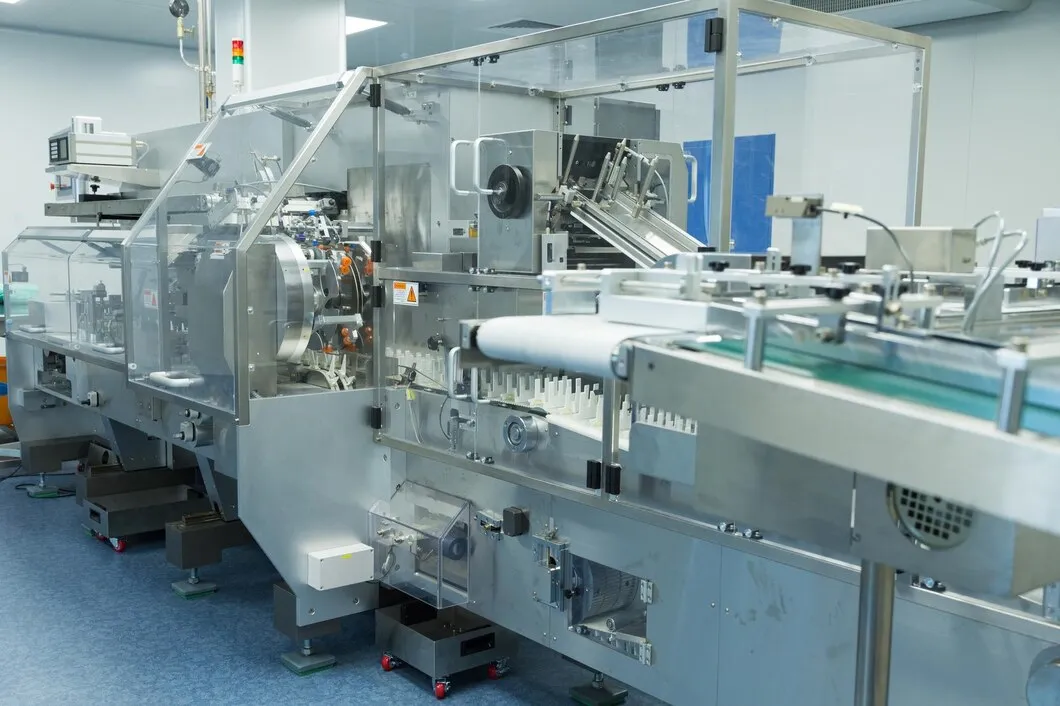L'automatisation transforme la fabrication des produits pharmaceutiques. Face à la complexité croissante de la production et au durcissement des exigences réglementaires, le besoin de systèmes fiables, évolutifs et efficaces est plus important que jamais. Aujourd'hui, l'automatisation des opérations de l'industrie pharmaceutique est plus qu'utile, elle est essentielle.
Dans cet article, nous explorerons comment l'automatisation dans l'industrie pharmaceutique change la fabrication, quels processus sont automatisés, les avantages et les défis, et ce que tout cela signifie pour les fabricants tournés vers l'avenir.

La production pharmaceutique a toujours représenté un enjeu majeur. Une erreur peut retarder le lancement d'un produit, entraîner un rappel ou un échec aux audits de conformité. La pression est encore plus forte avec l'essor des produits biologiques, de la médecine personnalisée et de la demande mondiale.
Les opérations manuelles ne suffisent tout simplement pas. L'erreur humaine, la qualité inégale et les longs délais d'exécution engendrent des risques trop importants. Automatisation pharmaceutique Les systèmes résolvent ce problème en standardisant les flux de travail, en améliorant la précision et en fournissant un débit fiable, jour après jour.
Selon une étude récente publiée dans le Journal d'inventaire de recherche, l'automatisation pharmaceutique devient une stratégie essentielle pour les entreprises qui cherchent à réduire les risques, à augmenter la précision et à respecter les normes de bonnes pratiques de fabrication (BPF)
L'automatisation peut être appliquée à différentes étapes de production pharmaceutique:
La mise en œuvre de l’automatisation offre plusieurs avantages :
Malgré ses avantages, l’adoption de l’automatisation présente des défis :
Plusieurs entreprises sont à l'avant-garde de la fourniture de solutions d'automatisation pour l'industrie pharmaceutique :
L'adoption de l'automatisation permet aux fabricants pharmaceutiques de répondre aux exigences évolutives du secteur. Ils doivent évaluer leurs processus actuels et envisager des investissements stratégiques dans l'automatisation pour pérenniser leurs opérations.
L'intégration de l'automatisation dans la production pharmaceutique n'est plus une option. Alors que l'industrie mondiale évolue vers des opérations plus avancées, axées sur les données et exigeant une conformité rigoureuse, l'automatisation donne aux fabricants l'avantage dont ils ont besoin pour rester compétitifs.
Les entreprises qui adoptent l’automatisation dès le début peuvent améliorer leur productivité, garantir la qualité de leurs produits et réduire les risques opérationnels à long terme.
Vous cherchez à moderniser votre ligne de production ? Parlez-nous à propos des solutions d’automatisation conçues pour l’avenir de la fabrication pharmaceutique.




Avant qu'un médicament ne parvienne à un patient, tout commence en laboratoire. C'est là que les formules sont testées, les lots vérifiés et la qualité confirmée ou remise en question. Pour mener à bien ce travail, les laboratoires ont besoin d'un équipement adapté : des outils qui non seulement sont performants, mais le font avec précision. Si vous êtes responsable de l'exécution ou […]

Le conditionnement sous blister est omniprésent dans l'industrie pharmaceutique : des comprimés aux gélules en passant par les échantillons. Il protège le produit, prolonge sa durée de conservation et améliore la sécurité des patients. Mais pour les fabricants, il s'agit bien plus que d'un simple emballage : c'est un système axé sur la rapidité, la précision et la conformité. Si vous travaillez dans la fabrication ou l'approvisionnement en emballages pharmaceutiques, voici ce que vous devez savoir sur le conditionnement sous blister […]

Si vous décidez du mode de distribution d'un produit pharmaceutique ou d'un complément alimentaire, le format choisi (gels liquides ou comprimés) ne se résume pas à son apparence. Il influence également la fabrication du produit, sa vitesse d'absorption, le type d'équipement nécessaire et l'expérience utilisateur. Certains actifs sont plus efficaces […]